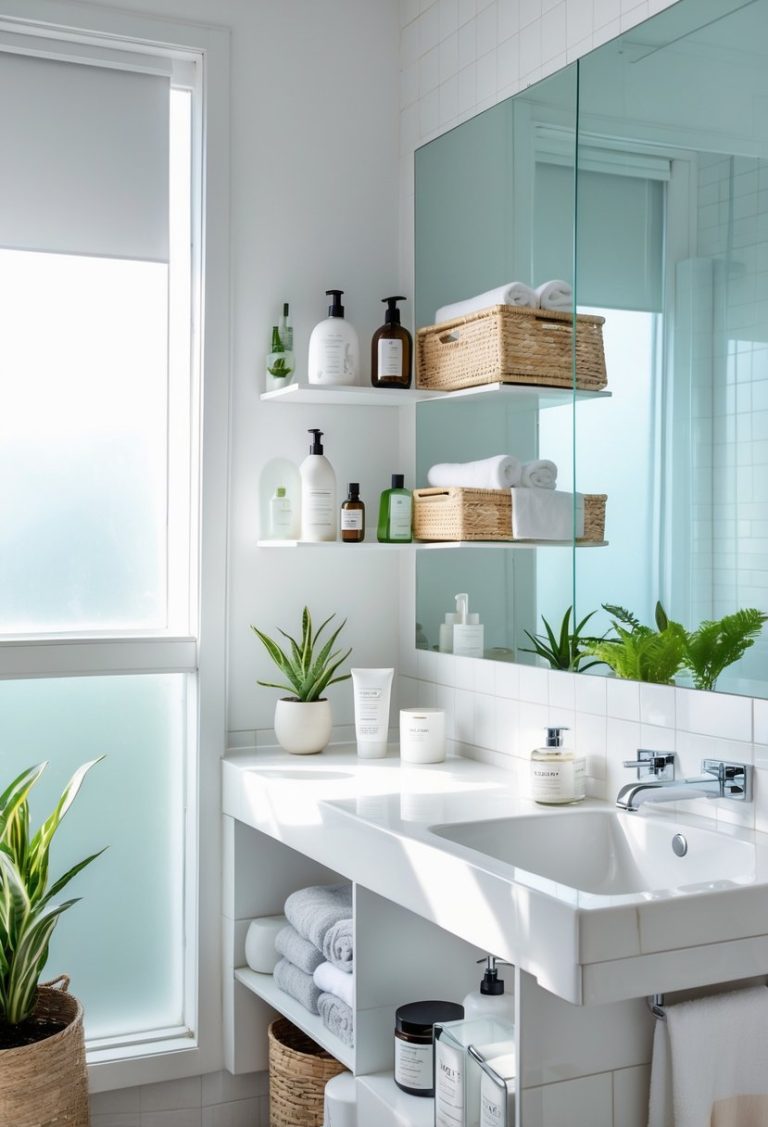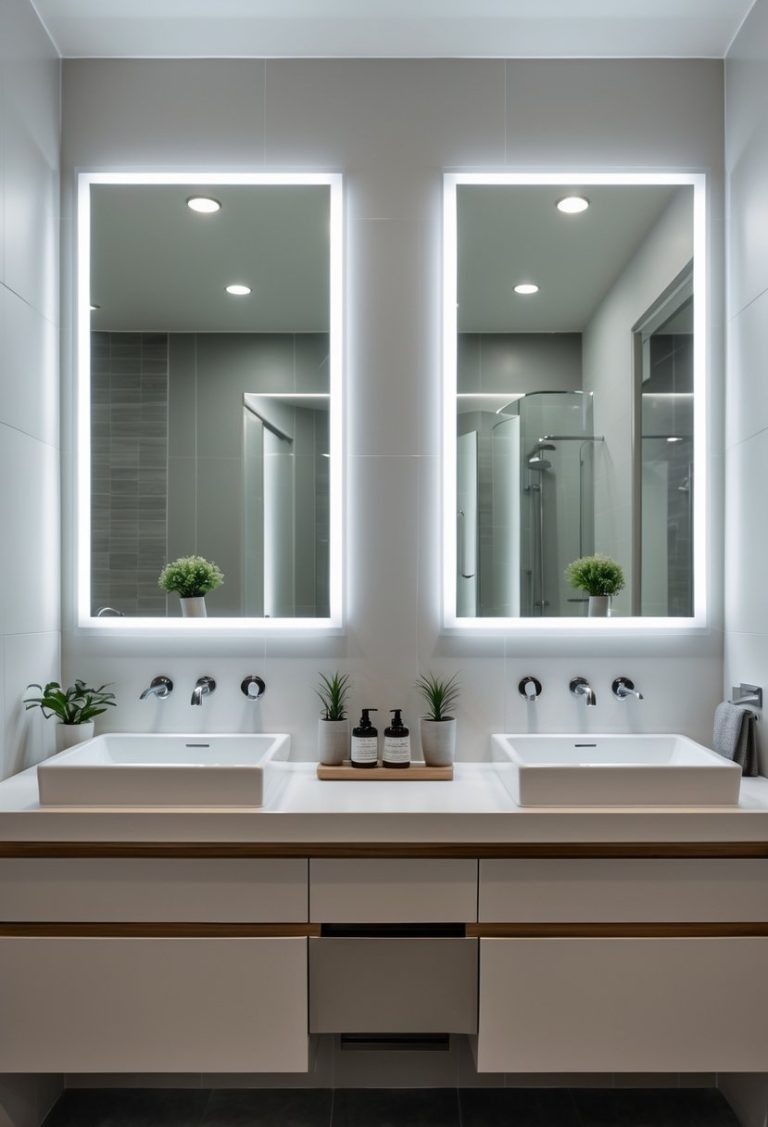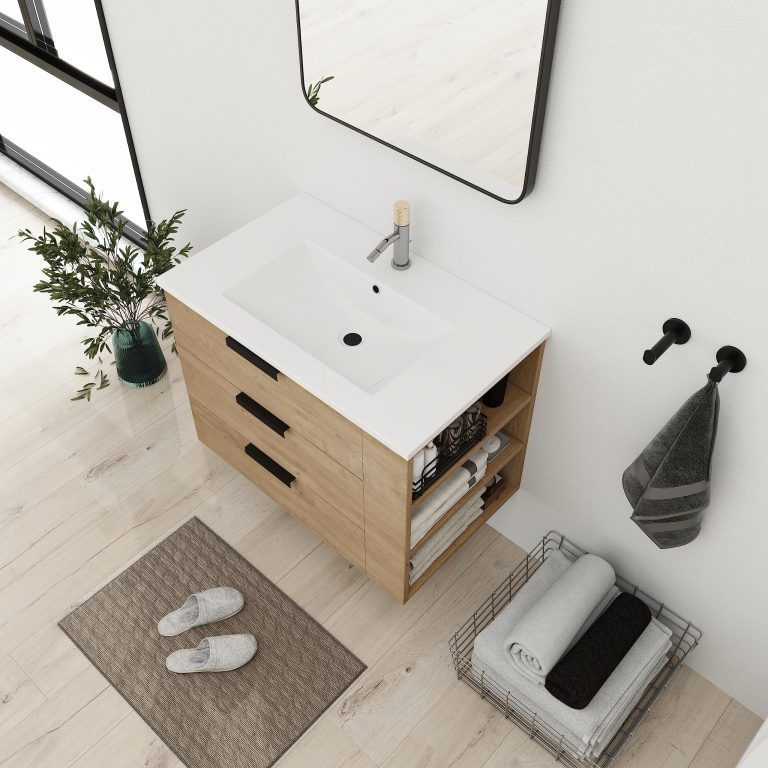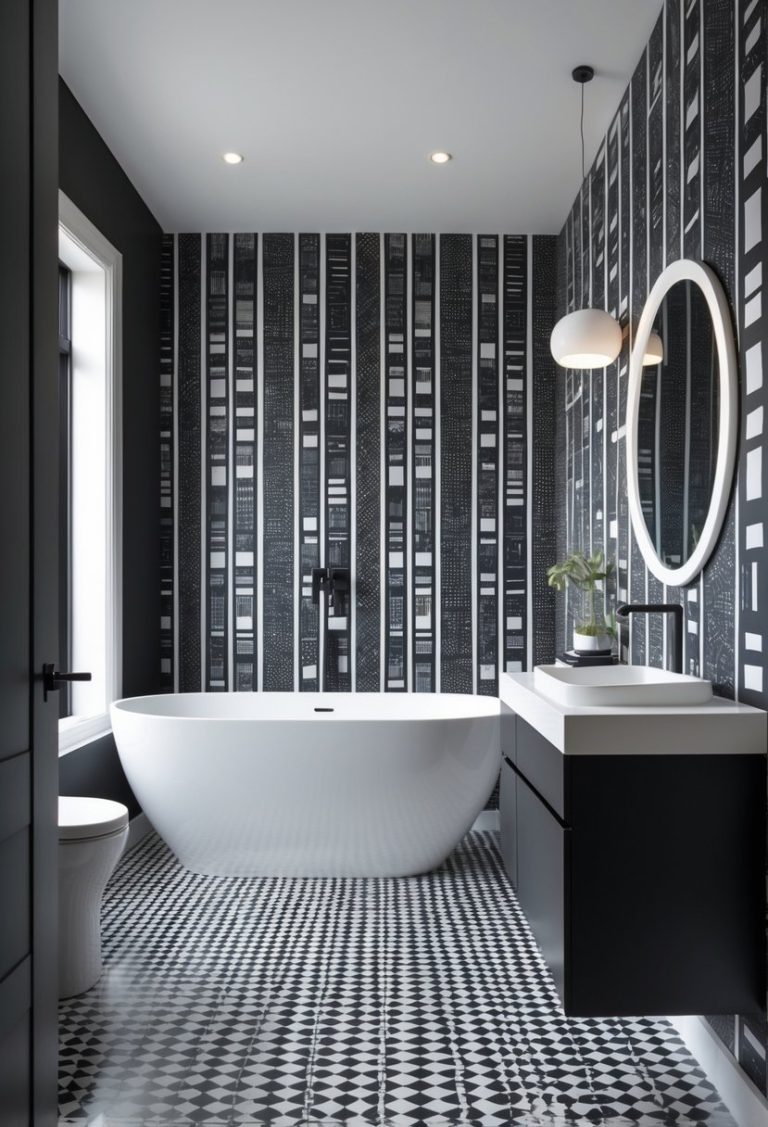Bathroom Vanity Ideas: 7 Expert Tips for Stylish and Functional Spaces
A bathroom vanity plays an important role in both the function and style of a bathroom. It provides a place to house the sink and offers storage for toiletries and other essentials. Choosing the right vanity can help improve the overall look and feel of the space.
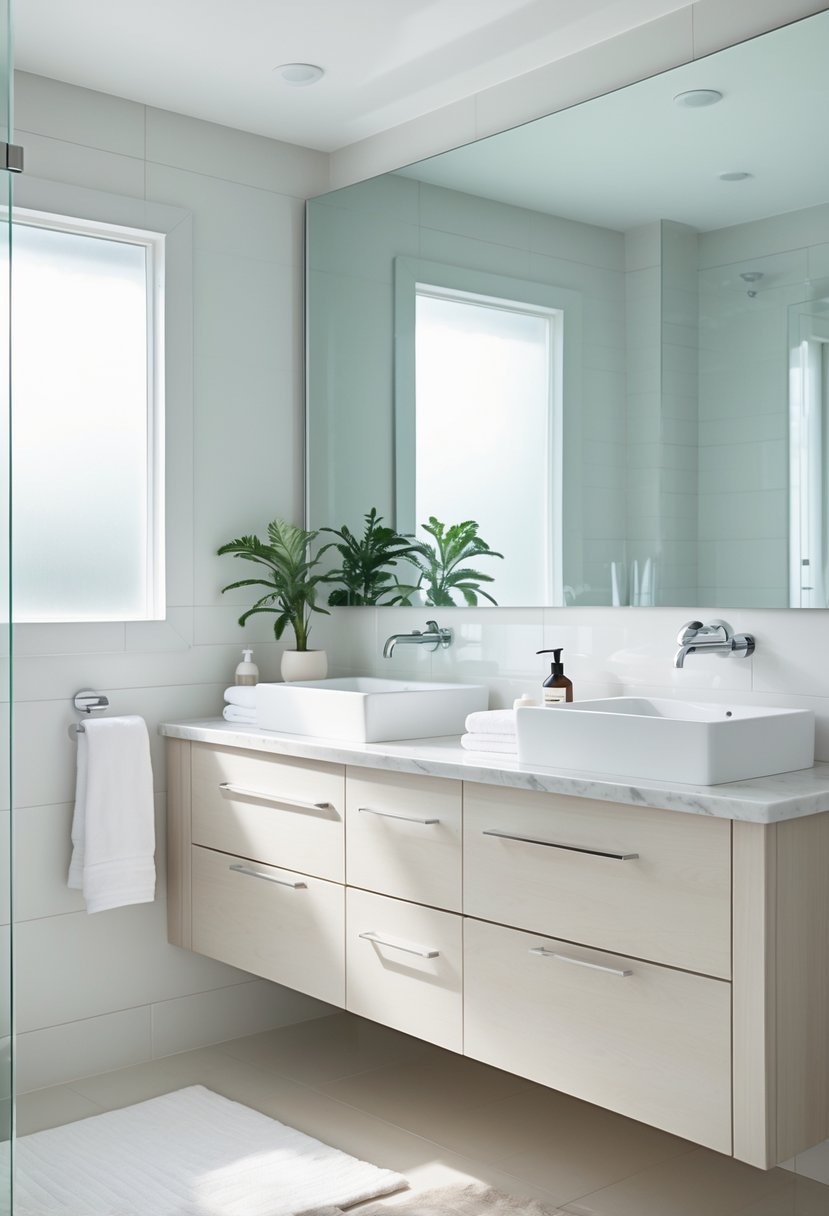
Bathroom vanity ideas help people find designs that fit their space, needs, and personal style. Whether the bathroom is large or small, modern or traditional, there are options available to suit every taste and requirement. This guide explores various ways to enhance a bathroom with the perfect vanity choice.
1) Vessel sink vanity with wood and cane-front cabinetry
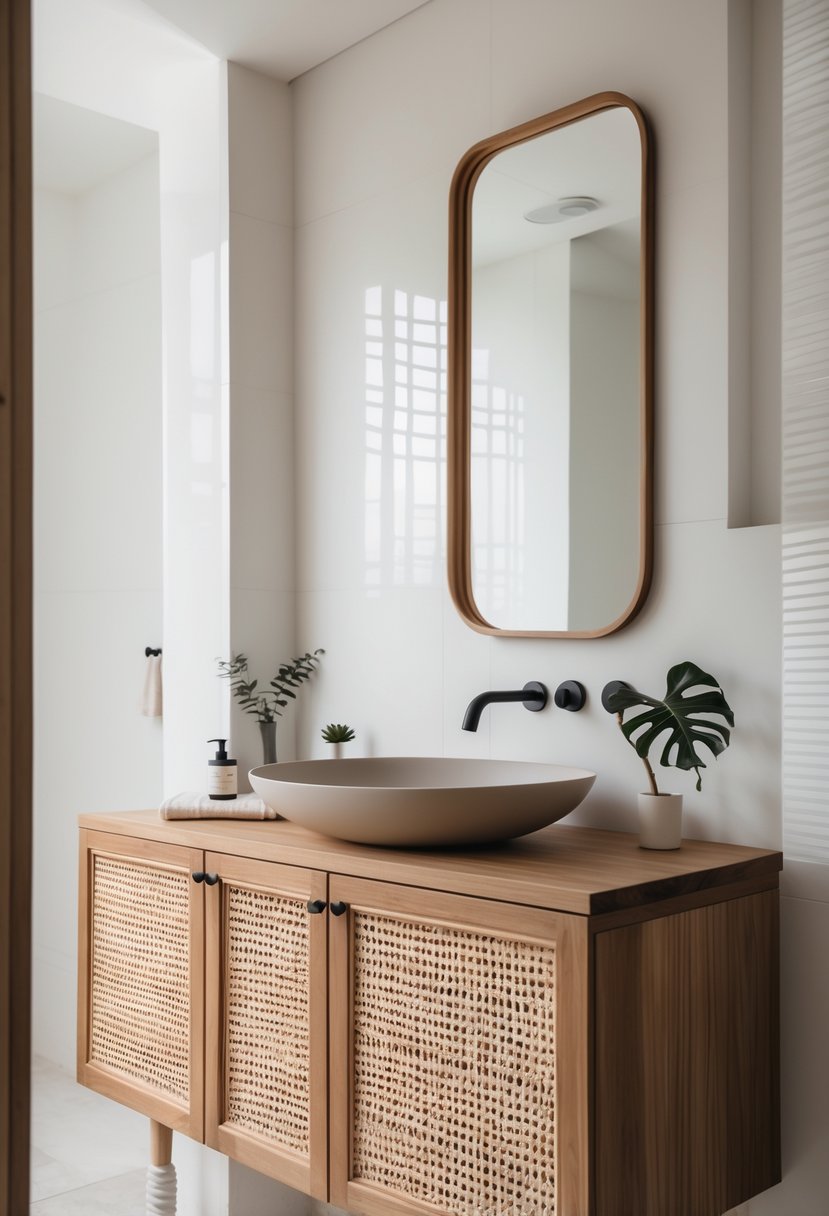
A vessel sink vanity with wood and cane-front cabinetry offers a mix of natural textures. The wood adds warmth, while the cane-front brings a light, airy feel.
This style works well in both rustic and modern bathrooms. It provides function without losing a stylish, organic look.
2) Double vanity with marble countertop and under-mount sinks

A double vanity with a marble countertop offers both style and function. The smooth marble surface is easy to clean and adds a sleek look to the bathroom.
Under-mount sinks create a seamless edge with the marble top. This design helps keep the countertop clear and simple, making it easier to wipe down.
These vanities often include storage space beneath, helping keep the bathroom tidy. They work well in shared bathrooms where two people need access at the same time.
3) Corner vanity designed to maximize space in small bathrooms
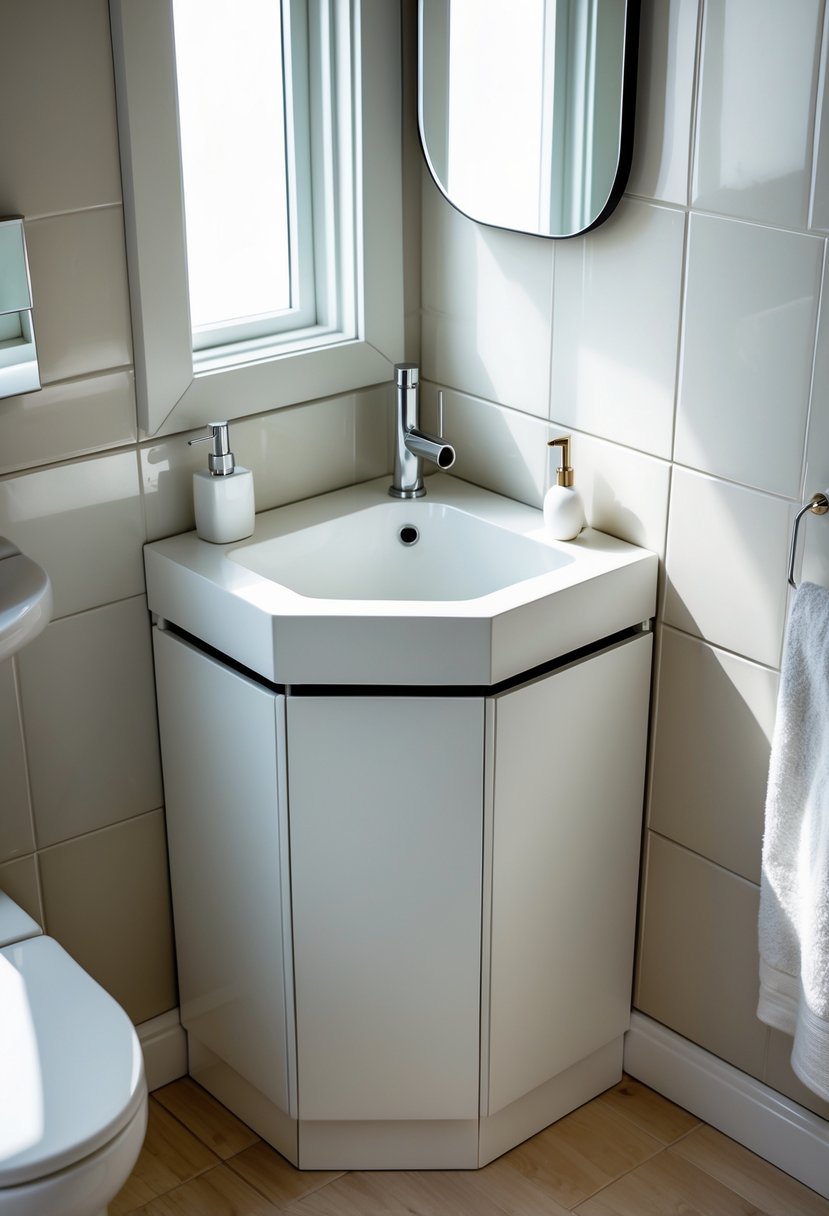
A corner vanity uses space that is often wasted in small bathrooms. It fits neatly into corners, leaving more room for movement.
These vanities usually have slim, simple designs that avoid bulkiness. Some include tall cabinets or shelves to add extra storage without crowding the room.
Choosing the right size and shape is important to keep the bathroom open and functional.
4) Bold blue farmhouse-style vanity paired with shiplap walls
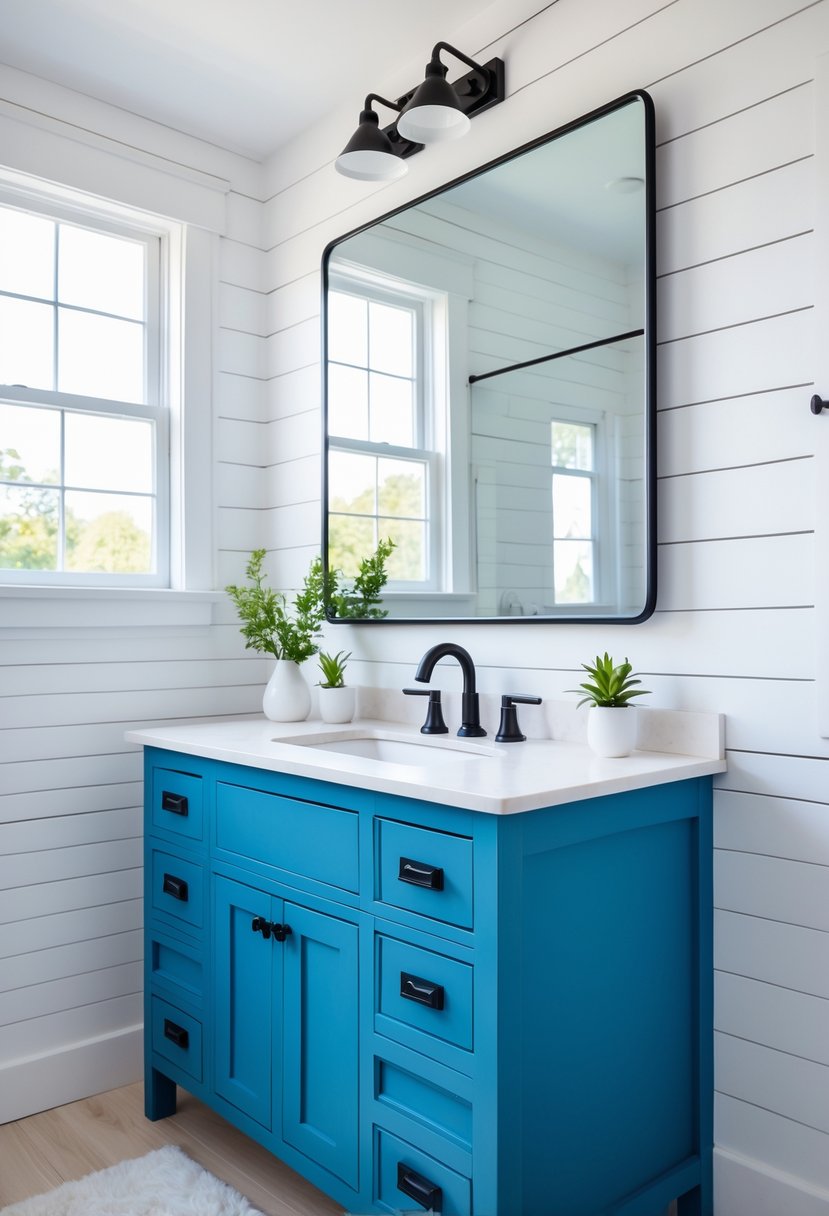
A bold blue farmhouse vanity adds a strong color contrast to the bathroom. It works well with the texture and pattern of shiplap walls.
The blue color brings freshness, while the shiplap adds rustic charm. Together, they create a balanced, stylish look that feels both modern and cozy. This combination suits those who want a farmhouse style with a bit of color impact.
5) Vintage sideboard repurposed as a statement bathroom vanity
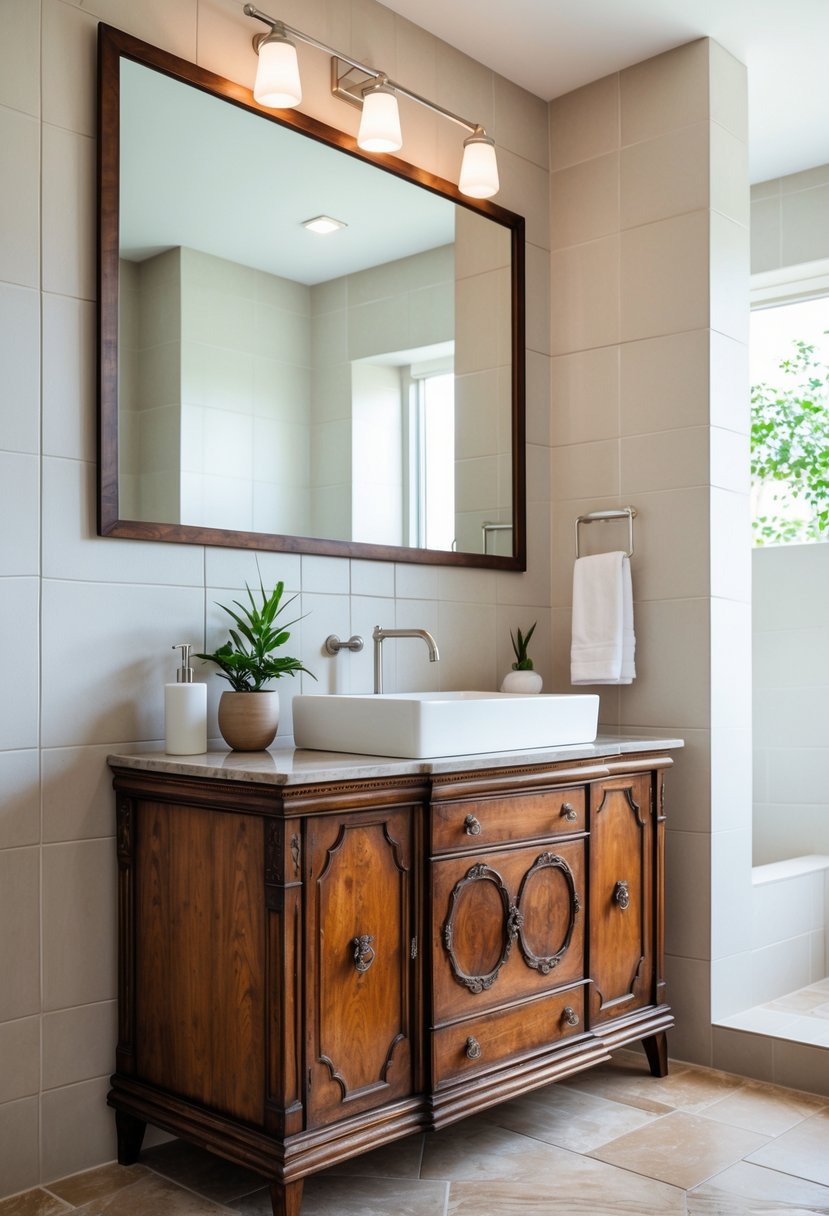
A vintage sideboard can be turned into a unique bathroom vanity. It adds character and a classic touch to the space.
The height and depth of sideboards work well for sinks. Using a countertop basin makes installation easier.
This option also supports sustainability by reusing old furniture. It offers both style and function in one piece.
6) Light-colored vanity to brighten and enlarge small rooms
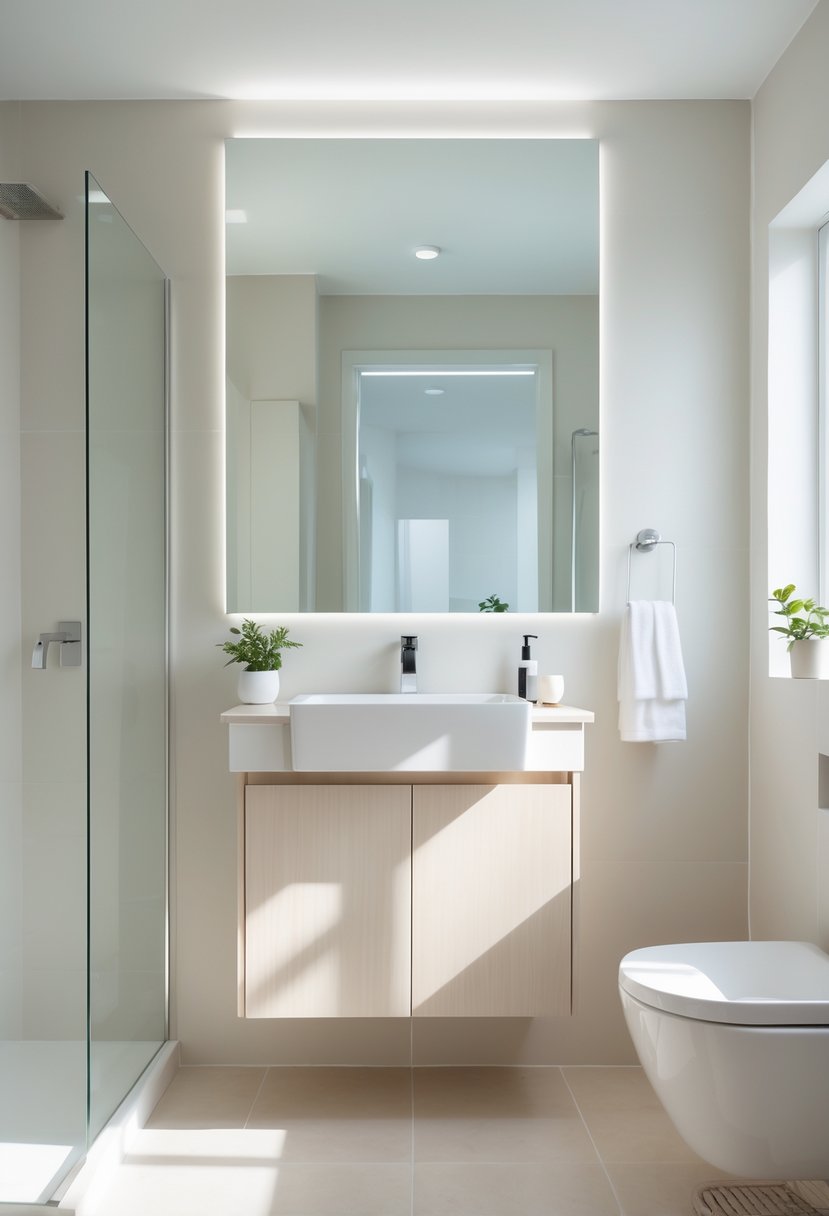
A light-colored vanity helps reflect more light, making a small bathroom feel brighter. It can create the impression of more space without adding clutter.
Choosing soft shades like white, cream, or pale wood tones works well in compact areas. These colors keep the room from feeling crowded or dark.
Light vanities also pair easily with mirrors and light walls to further open up the space visually. This is a simple way to enhance both style and function.
7) Floating vanity with sleek, minimalist storage drawers

A floating vanity with minimalist storage drawers keeps the bathroom clean and organized. The drawers are built into the design, hiding toiletries while saving space.
This style works well in modern bathrooms, offering a smooth and simple look. It combines function with style without cluttering the room.
Understanding the Functionality of Bathroom Vanities
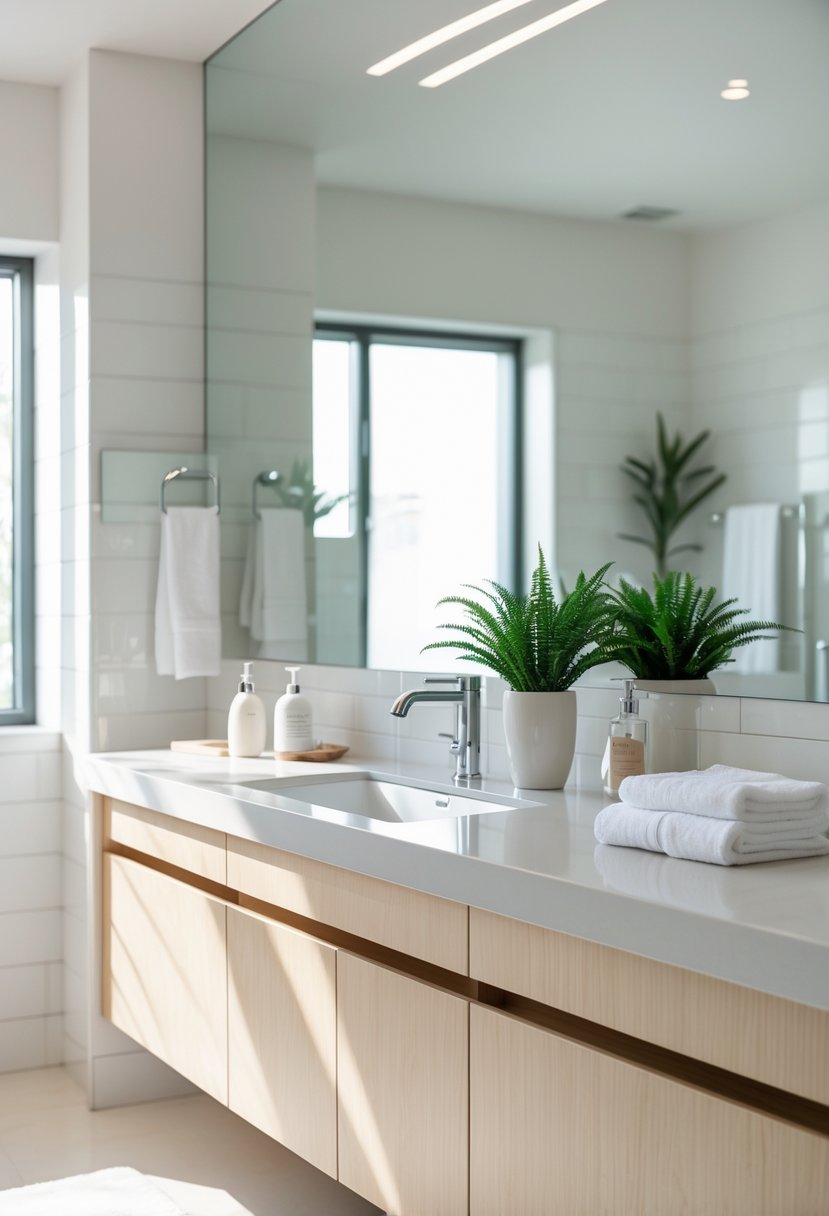
Bathroom vanities must balance space, storage, and usability. They should fit the room dimensions well and offer enough compartments to keep essentials organized. Choosing the right design affects both the look and how easily the bathroom functions daily.
Space Planning Considerations
Space is a major factor when selecting a bathroom vanity. The vanity should fit the room without crowding. Measure the available area to ensure enough clearance for doors, drawers, and walking space.
Floating vanities are useful in small bathrooms. They create an open floor area underneath, making the space feel larger and easier to clean. For bigger bathrooms, double vanities can provide more sink and counter space, useful for shared bathrooms.
Proximity to plumbing and electrical connections also matters. Placing the vanity close to existing pipes reduces renovation costs and complexity. The countertop height should match user comfort, typically around 32 to 36 inches.
Storage Solutions and Organization
Vanities should store toiletries, towels, and cleaning supplies neatly. Cabinets, drawers, and shelves come in various sizes to hold different items.
Drawers with dividers help separate small items like makeup or grooming tools. Tall cabinets on either side can store larger items such as hairdryers or extra towels.
Open shelves can display decorative or frequently used items, but they need regular tidying. Vanities with built-in organizers or pull-out trays provide better access to hard-to-reach places.
Choosing a vanity with enough storage helps keep the bathroom countertop clear, improving both aesthetics and function.
Materials and Finishes for Bathroom Vanities
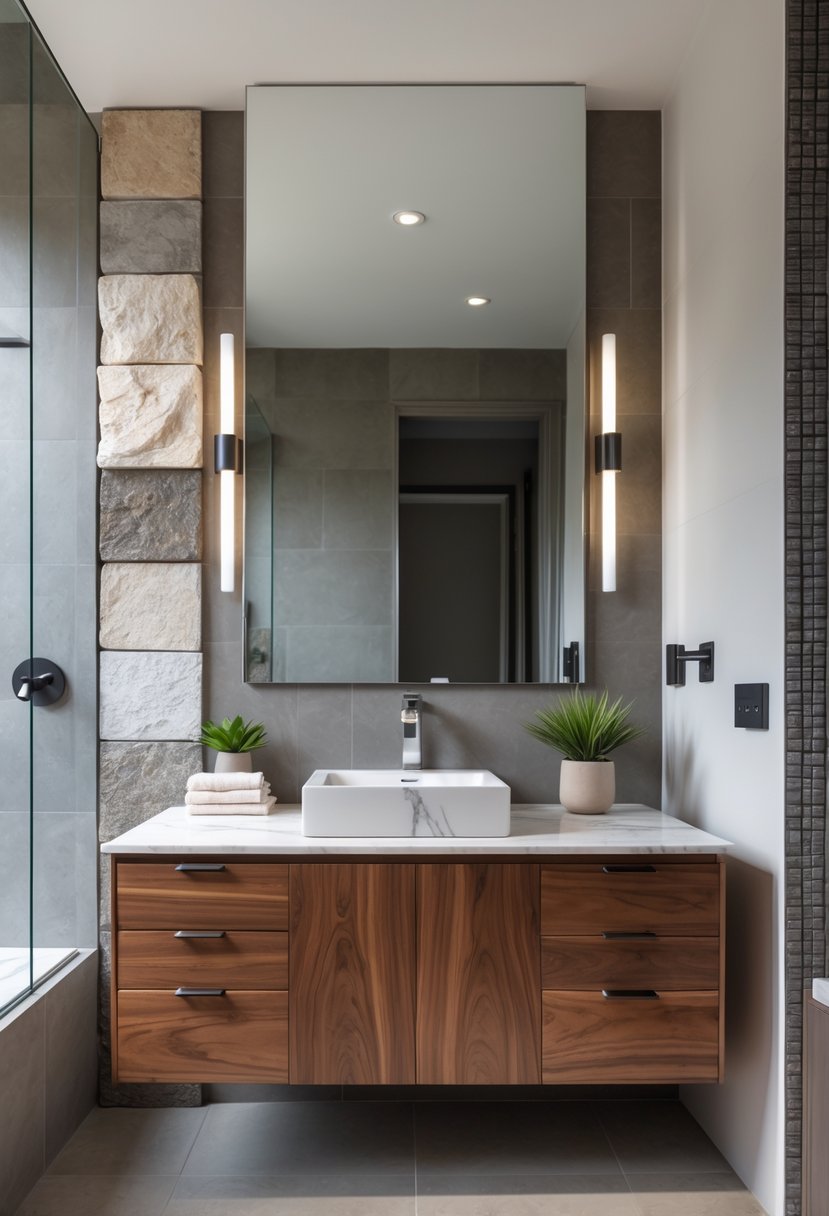
Choosing the right materials and finishes affects how a bathroom vanity looks and holds up over time. Important factors include how well the material resists water and moisture, as well as whether it is eco-friendly. Both durability and sustainability play a key role in picking the best option.
Durability and Moisture Resistance
Bathroom vanities face constant exposure to water and humidity. Materials like MDF (Medium-Density Fiberboard) are popular because they are affordable and fairly resistant when properly sealed. Solid wood offers strength and style but can warp or swell if not treated or if the bathroom is poorly ventilated.
Finishes such as laminate, lacquer, and moisture-resistant paint add protection. Quartz and marble countertops also offer durability and resist stains or water damage better than some other surfaces. Choosing flat-panel cabinets with smooth finishes helps avoid water getting trapped in grooves or cracks, extending the vanity’s life.
Eco-Friendly Vanity Materials
Eco-conscious buyers often look for materials that reduce environmental impact. Bamboo, reclaimed wood, and recycled MDF are common options. Bamboo grows quickly and is renewable, making it a sustainable choice.
Reclaimed wood adds character and uses existing materials instead of new lumber. Some manufacturers also offer vanities made from recycled or low-VOC (volatile organic compounds) materials to reduce indoor air pollution.
Selecting finishes with low or no harmful chemicals improves indoor air quality. Using eco-friendly products can balance durability with a smaller environmental footprint.


